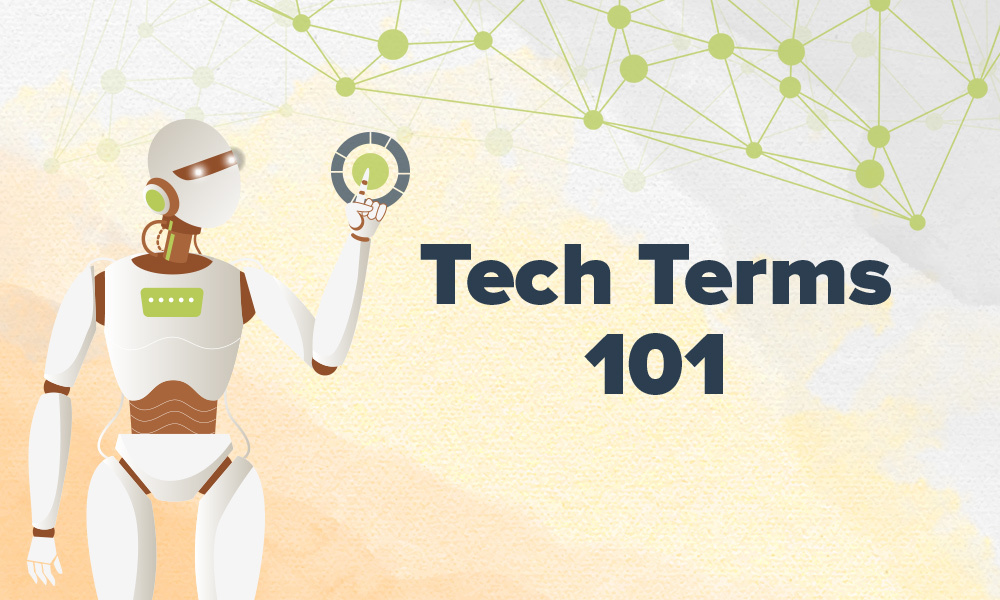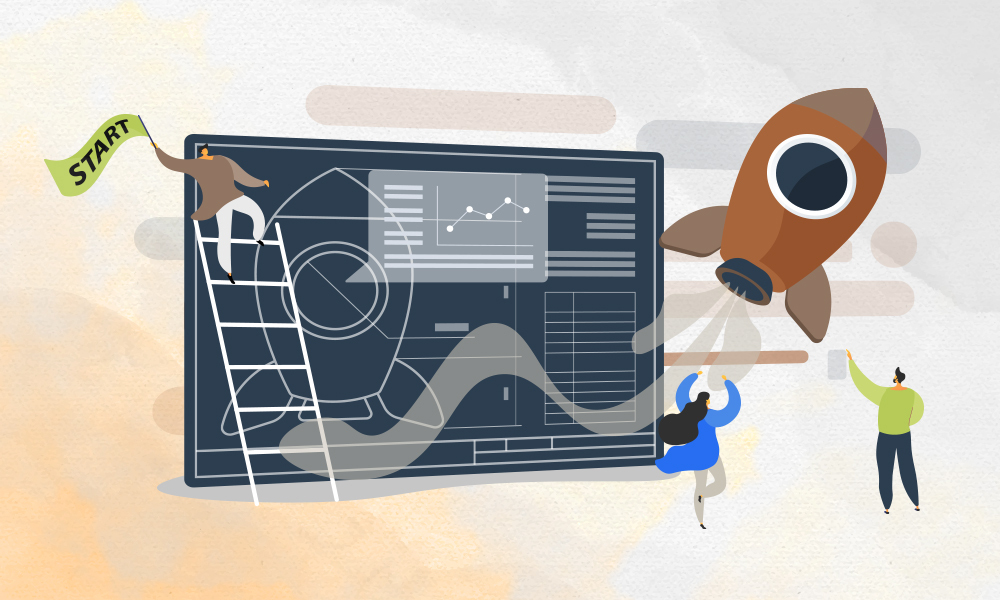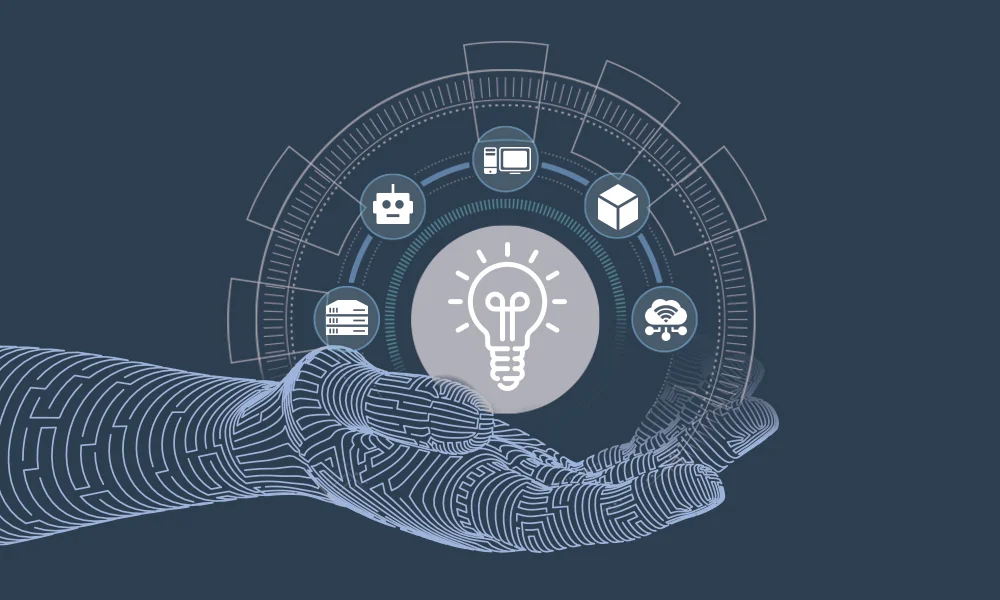The 1980’s was the ‘unplugged era’ where we didn’t have any connected devices. The devices were analog. A few years passed, internet reared its head, and computers became connected. Then came the mobile era, everything became connected and an alliance between humans and technology formed which is growing exponentially. The tech-giants across the world are working day in and day out to build societal-scale, decision making systems that involves machines, humans and environment. Commonly known as ‘artificial intelligence’, the term defines intelligence demonstrated by machines, in contrast to the natural intelligence of humans or other animals. Artificial Intelligence is used to designs algorithms which makes predictions based on statistics to maximize the chances of achieving a goal, solving an issue or even improving experience.
“The last 10 years have been about building a world that is mobile-first. In the next 10 years, we will shift to a world that is AI-first.”
Sundar Pichai, CEO Google
History of Artificial Intelligence
John McCarthy, Assistant Professor at Dartmouth first visualized the idea of Artificial intelligence in the year 1956. The field was discovered on the claim that the human intelligence can be so accurately defined that a machine can be made to stimulate it. Alan Turing, a scientist conducted a series of tests to confirm that yes machines can be designed and developed to think and learn like humans. This test was later called as Turing Test.
Artificial Intelligence: The Fourth Revolution
While industries are looking forward to the adoption of Artificial intelligence, there is a question about what will happen to the human workforce. Experts and scholars working in the field believe that robots are more likely to increase human tasks; when humans and robots are going to work in collaboration, it is more likely to create tasks which don’t exist today.
According to a recent survey conducted by Deloitte, 77% companies said that after the implementation of AI, instead of removing human workforce, they will rather retrain workers or redesign jobs. This will give birth to a business model which will treat machines and humans as co-workers.
Artificial Intelligence: Algorithms and Models
Artificial Intelligence is based on algorithms and models which derives outputs mixing scientific findings like math, statistics, and biology. AI works on several models, a few are mentioned below:
· Ant Colony Algorithm
· Immune Algorithm
· Fuzzy Algorithm
· Decision Tree
· Genetic Algorithm
· Particle Swarm Algorithm
· Neutral Network
· Deep Thinking
What are the challenges in using artificial intelligence?
AI is said to change the face of every industry, but we do have to think of its limits. The technology basically learns from data and as a result inaccuracy in data will hamper the results. As of now the AI systems are trained to do a single task. The system that knows how to play chess doesn’t know how to play poker. The system that knows how to drive a car doesn’t understand how to detect scams.
In other words, we are still far from developing AI to reach what we probably saw in movies like I, Robot or Terminator. However, computers that can decode complex data to learn and perform specific tasks are becoming quite common.




